An Introduction to the Microscopic World
A World within a Drop of Water
If you take one drop of water from a pond, you can't usually see anything at all. But inside this drop of water is a tiny world of creatures so small that they are invisible to the naked eye.
Until a few hundred years ago, people had never even seen them before and it wasn't until a very clever scientist called Anton van Leeuwenhoek invented the first real microscope that they could. He saw the tiny creatures for the first time and studied them. Nobody even knew they existed yet. He called them animalcules. He made drawings of them and people were amazed when they saw them for the first time. It made him very famous and people began to copy his invention.
Before very long, more powerful microscopes were built and as they did, people saw more and more details emerge and we began to understand the microscopic world. We could look closely at the cells within our own bodies and work out how they functioned. We could also look at other animals and plants in minute detail. For the first time we could see the difference between plants and animals at the cellular level. We now call the tiny creatures in a drop of pond water Protozoa or the rather magnificent title The Protozoans. They are single celled animals, which is a fascinating fact to think about.
We humans are made of trillions of cells, that's a 1 with 12 zeros after it (1,000,000,000,000) and even tiny insects are made of billions of cells, but Protozoans are a whole creature in just one cell. They can make do with all the functions of life they need and exist as just one cell. That's quite amazing if you think about how many different bits of you there are.
There are different types of single celled creatures including amoeba which look a bit like moving jelly and a big group of Protzoa called the Ciliates and they are covered in tiny little undulating hair like structures. This enables them to move in any direction. Some of them can swim very fast indeed. They are some of my favourites to watch as they have lots of energy and often bump into each other. There are other creatures which are multi-cellular but still so small you could hardly see them at all with the naked eye. You might just be able to see this little water flea.
They are not alone.
There are also single celled plants called protophyta in the drop of water and they photosynthesise sugar from sunlight for energy, just like trees and plants do. Some single celled Protophyta can swim too. Did you ever hear of a swimming plant before ? There are also other lifeforms in the drop of water. There are many types of tiny bacteria constantly breaking down nutrients in the water and releasing them back for the other tiny creatures to feed upon and some of them feed on the bacteria. It's like another world within a world.
Tiny World
It's just like a tiny world of it's own. It's got animals, plants and bacteria all whizzing around in a miniature ecosystem and if you look carefully under a microscope you might just be lucky enough to see lots of different tiny creatures going about their business of living, eating and often bumping into each other. Sometimes pond water is brown in the summer. It's not because it's muddy but because it's full of single celled plants (algae) which thrive in the summer sunshine. They are either green or red coloured. When you mix red and green you get what colour ? BROWN.. that's why pond water is brown. Sometimes pond water is very clear. That's because there is very little algae in it
Other Tiny Worlds
Other tiny worlds exist too. If you collect a sample of sea water from the beach, you will also find lots of tiny sea creatures in it. You can just take some wet sand from the beach to examine it. Sand is a mixture of tiny bits of rock which has been ground down by rubbing against each other and bits of sea shells, corals and the dead skeletons of tiny sea creatures which make little microscopic shells to protect themselves. If you look at a thin layer of sand under the microscope you will see the different rocks as tiny boulders. If you are lucky you will also see lots of tiny sea creatures moving between them. There are lots of tiny food morsels to eat. Tiny little bits of dead fish, molluscs and crab and bits of seaweed. They are different from the pond creatures but share similar characteristics. You may also see tiny larvae of familiar creatures like crabs and prawns.
A drop of Soil is a World
The soil is another place that is full of creatures. You can also find Protozoa here. It's not so easy to see them because soil is full of bigger objects but you can see them under the microscope if you carefully prepare a soil sample with water. When you dig soil up in the garden, it's often full of earthworm and other small creatures. You may find slugs, centipedes & ants too, many of which spend their entire (or most) of their lives underground. If you take a small sample of soil and added a drop or two of clean distilled water to it, another whole ecosystem of tiny little creatures appears. If you are lucky you will see another completely different set of creatures, all living in the soil. (Distilled water has had impurities removed from it so will not harm the tiny creatures living in the soil.) Often, tap water has small amounts of chemicals in it.
Fungus is important in the soil. Only fungus has the power to break down tough plant matter called cellulose. We can't even digest it and it's an important source of fibre in our diet we get from vegetables. Fungus can eat it and they break it down for the bacteria to release nutrients back into the ground. This gives the plants the food they need. Worms give soil a good chew and when they poo it out they help bacteria access the nutrients in it by mixing it up. The bacteria do a lot of work releasing nutrients as they feed. Soil is full of living things all breaking down the fallen leaves from the previous year and it keeps replenishing itself year after year. It's quite amazing stuff.
Lifelong Fascination
If you are lucky enough to use a microscope it can become a lifelong fascination. I got my first microscope when I was six years old and I'm still very interested in looking at tiny creatures. You can also study materials, rocks and other inorganic substances. Everything looks interesting under the microscope. The hairs on a fly's leg or one of it's amazing compound eyes. Even one of your own hairs is quite amazing. Before I got a microscope I used a magnifying glass. A good magnifying glass is almost as good for looking at insects, your fingerprints, fabric and leaves.
here are some of my other pictures of everyday things taken using a special camera with a microscope. I've used artificial colours to show up the details. Scientists often use special dyes which stick to different substances like protein to enhance their images.
Planet Micromeda
- Here's me with a microscope performing one of my live video installations with protozoa and algae projected on a big round screen, so that the audience can see the tiny creatures, live & magnified many times in real time. I called it Planet Micromeda **photo courtesy of Christian Krupa
all images unless specified copyright Christos Hatjoullis (@outerground)
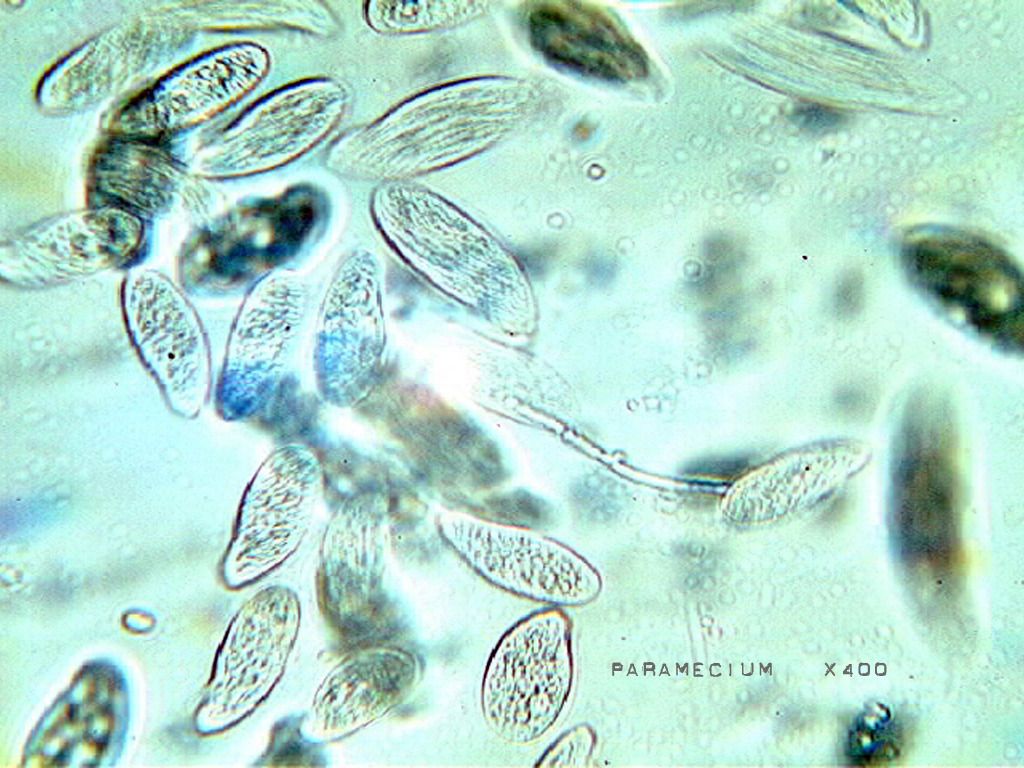

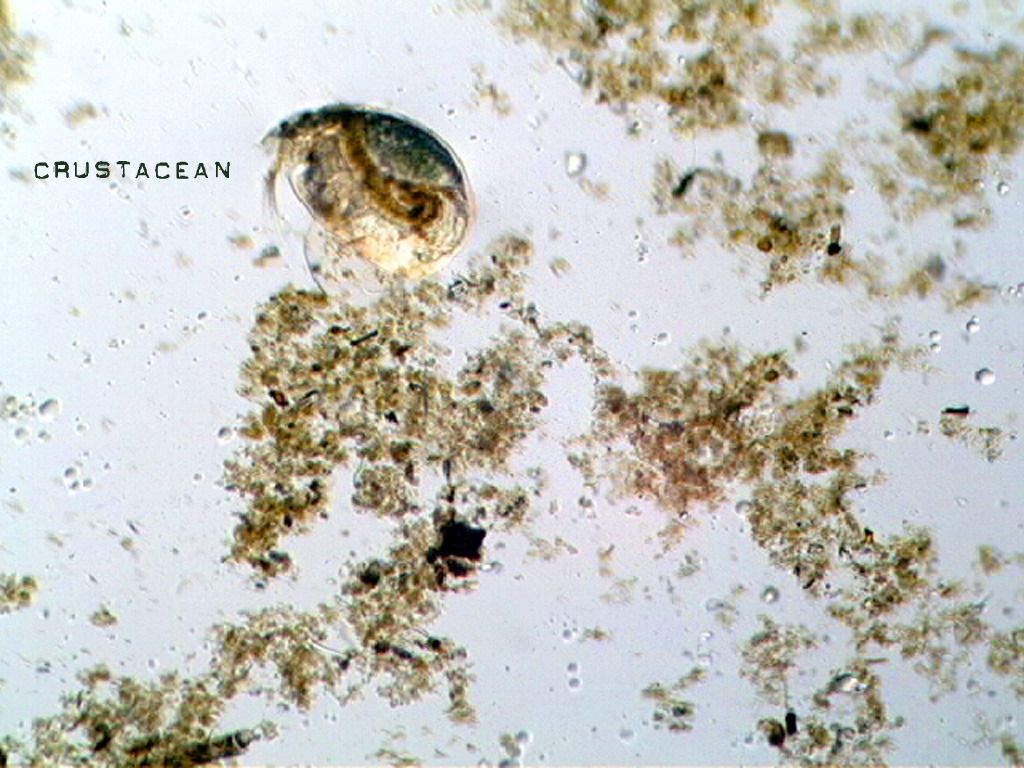
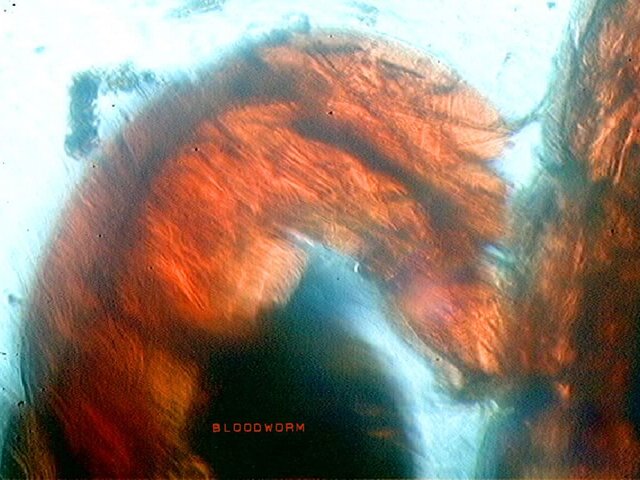
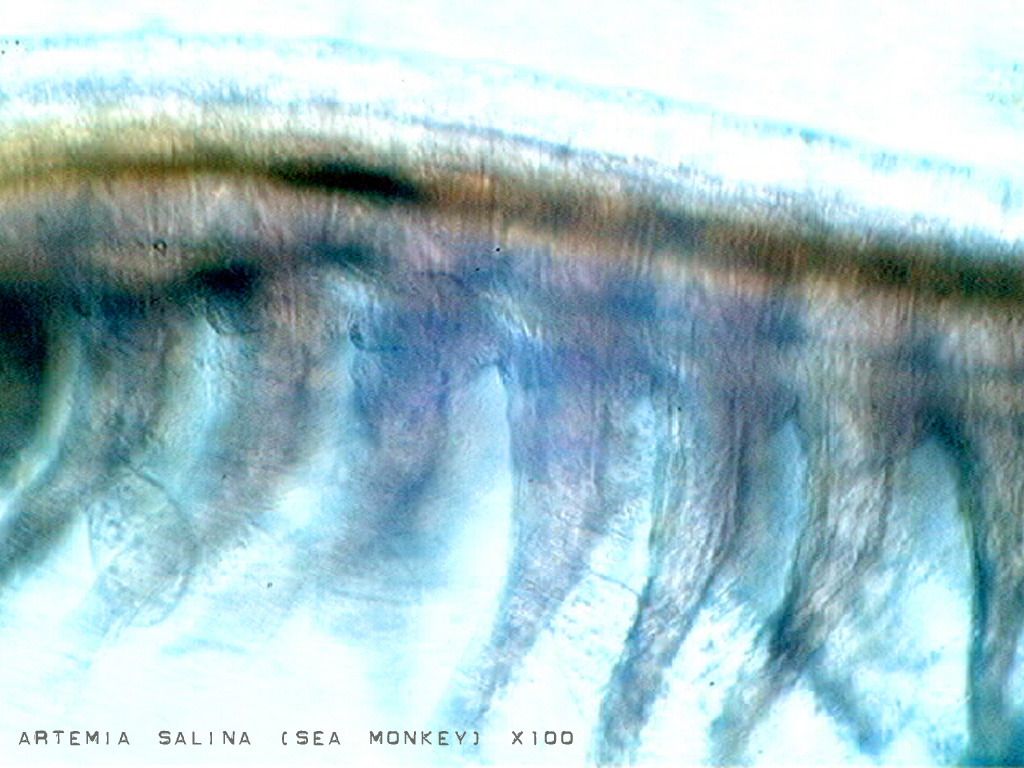



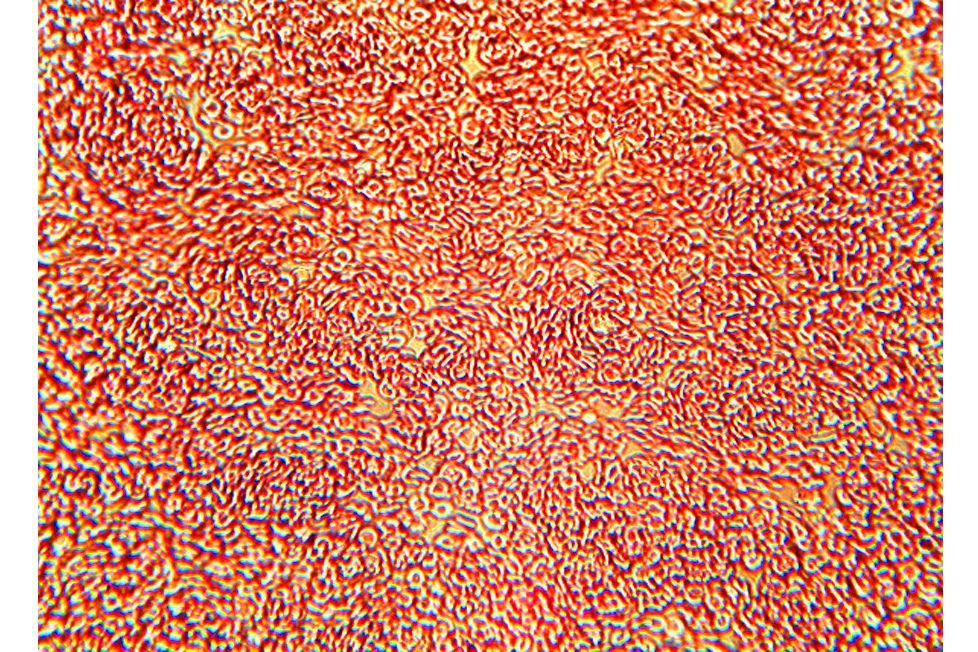
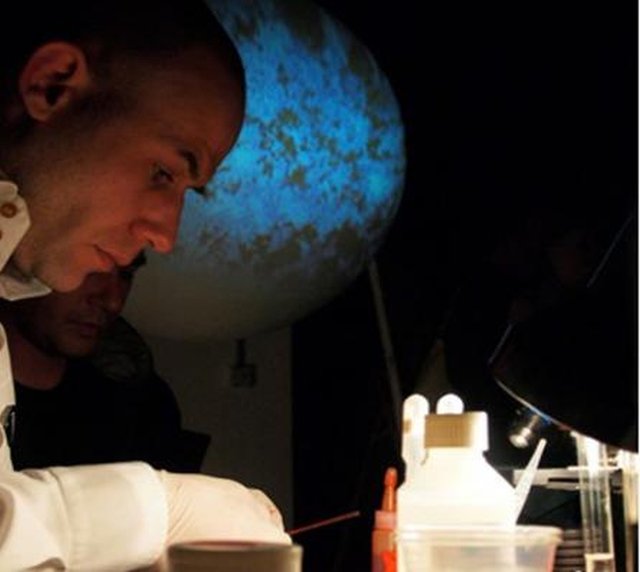
That is amazing! To think that we are this in a massive form called the body. Fractal life!
our whole body is a planet ! Inspiring thoughts // fun fact. bacteria in our bodies outnumber our own cells. many of them do good things for us so we've kept them on as friendly passengers, making vitamins, looking after our skin, etc !
This post has caught the eye of @MuxxyBot and has been nominated by the curation team.
If chosen it will feature in a curation post by @MuxxyBot.
An image from your post may be featured.
that's great news, thanks @muxxybot how can bots be so smart !? :)
Congratulations. This post is featured in today's Muxxybot curation post.https://steemit.com/curation/@muxxybot/muxxybot-curation-37
excellent news.. I will resteem it :)
& in honour of my feature in @muxxybot I have delegated a humble 10 SBD to @muxxybot !
the first time I have ever delegated steem